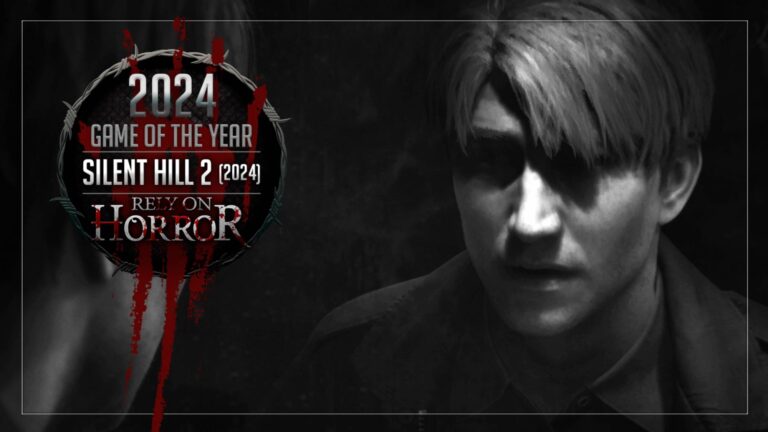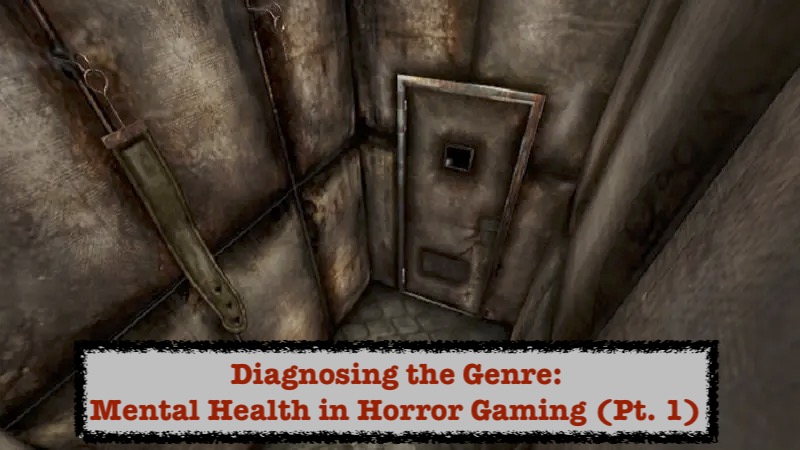 I have delved deep into the intersections of mental health and horror gaming over the past few weeks, as Mental Health Awareness Month came and went. As a result, I am launching a series of articles called “Diagnosing the Genre.” In this series, I will examine the tried and true tropes of horror in video games, starting with mental illness and the associated imagery of hospitals. My goal is to complicate the historic narratives that popular (and less popular) gaming titles employ and exploit. This includes analyzing games that, in my opinion, do an incredible job of centering empathy and humanizing the story, as well as games that unfortunately perpetuate the damaging stigma and stereotypes surrounding mental health and madness (in no particular order).
I have delved deep into the intersections of mental health and horror gaming over the past few weeks, as Mental Health Awareness Month came and went. As a result, I am launching a series of articles called “Diagnosing the Genre.” In this series, I will examine the tried and true tropes of horror in video games, starting with mental illness and the associated imagery of hospitals. My goal is to complicate the historic narratives that popular (and less popular) gaming titles employ and exploit. This includes analyzing games that, in my opinion, do an incredible job of centering empathy and humanizing the story, as well as games that unfortunately perpetuate the damaging stigma and stereotypes surrounding mental health and madness (in no particular order).
According to a 2016 study by Open Sourcing Mental Illness, 51% of tech workers have been diagnosed with a mental health condition. Among this group, 80% believe their mental illness adversely impacts their work. Given the stressors and uncertainties of the pandemic, we can reasonably assume that this percentage has further increased. Numerous studies have demonstrated the potential of video games, whether designed therapeutically or not, to alleviate anxiety in individuals with chronic anxiety.
As a social worker in rural America working with young people and their families, I directly observe this phenomenon. In my opinion, the vast majority of kids diagnosed with video game addictions simply seek to alleviate their anxiety and escape boredom.
Let’s start with games that get it right.
The Power of Lived Experience
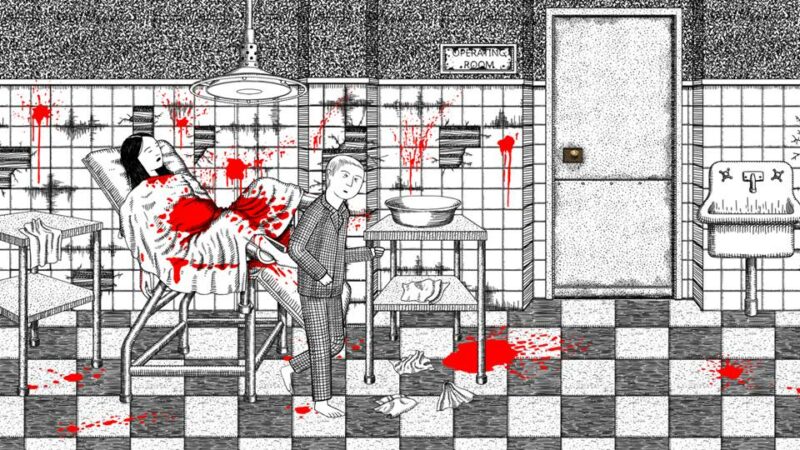
Some developers draw from their own mental health challenges to create games. A notable example is the game Neverending Nightmares, released in 2014. Lead designer Matt Gilgenbach used his personal experiences with Obsessive Compulsive Disorder (OCD) and depression as inspiration for the game’s theme. The game puts players in nightmarish situations that keep repeating, with only two options for escape: self-harm or death for the player character.
This design effectively captures a feeling of recurring darkness, despair, and a sense of being trapped. As someone who deals with anxiety, I find Gilgenbach’s game to be a comforting and validating experience. It helps me feel understood and supported, knowing that others have gone through similar struggles.
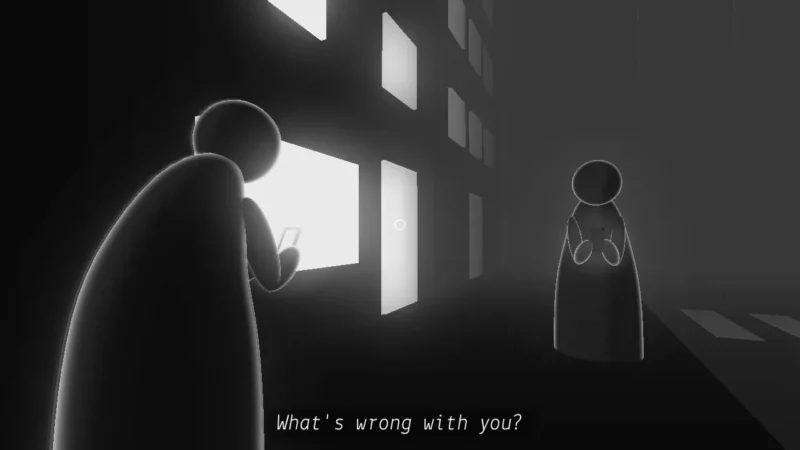
The 2017 title Fractured Minds, one of the early releases featured on the Nintendo Switch, sincerely endeavors to explore mental health through unique game mechanics, puzzles, and environments inspired by real-life experiences. The game’s launch coincided with an endorsement from the remarkable mental health charity, Safe in Our World.
The game deliberately leaves its environments open to interpretation, aiming to provide players with a sense of affirmation. I can confidently say that the game successfully achieves just that. I highly recommend you pick it up!
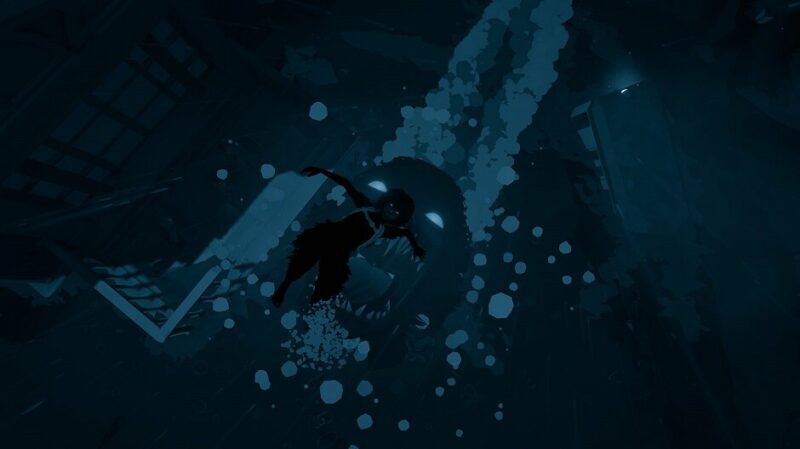
Although not categorized as a horror game, the 2019 title Sea of Solitude undertakes the subjects of loneliness and isolation. In this title, the main character Kay’s emotions materialize as monsters within the world. Behemoths representing hopelessness, anger, and worthlessness must be confronted in a sunken city that symbolizes how our inner struggles affect the world around us, mirroring their real-life impact.
By framing the enemy as one’s own renegade emotions, the game makes a brilliant narrative choice that effectively blurs the boundaries between inner and outer worlds, creating in-game environments that feel both expansive and intimate. It challenges the player to consider how their own emotions impact the world around them.
Humanizing the Protagonist
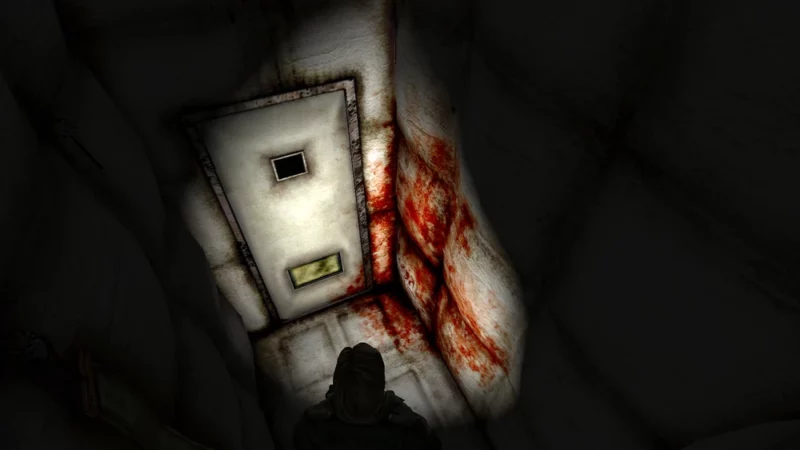
One of the remarkable achievements of the iconic game Silent Hill 2, released in 2001, is its deliberate avoidance of heavy-handed reliance on mental illness as a storytelling device. The original game from Konami carefully avoids delving extensively into James’ mental state. In doing so, in my opinion, the game skillfully avoids the harmful and inaccurate trope of portraying mentally ill individuals as inherently violent. Instead, it relies on the player’s emotional investment in the protagonist’s quest to find his wife.
The game concludes with the revelation that James has murdered her, which is entirely separate from any explicit indication of his psychological or emotional instability. While other games in the Silent Hill series make an appearance here, Silent Hill 2 deserves praise for successfully separating homicidal ideation from mental or emotional distress, allowing the player to perceive James as a relatable human being.
 Games like Tell Me Why, released in 2020, offer a more nuanced and deliberately paced exploration of the intersections of mental health and violence, a dimension often lacking in horror titles. In this game, players assume control of either Tyler or Alyson, estranged American twins whose separation stems from Tyler’s act of self-defense resulting in their mother’s death. It is worth noting that Tyler is a trans-man, and while this aspect is sporadically explored within the story, it is not the central focus (until relatively recently, the Diagnostic and Statistical Manual of Mental Disorders [DSM] considered transgender individuals to be mentally ill).
Games like Tell Me Why, released in 2020, offer a more nuanced and deliberately paced exploration of the intersections of mental health and violence, a dimension often lacking in horror titles. In this game, players assume control of either Tyler or Alyson, estranged American twins whose separation stems from Tyler’s act of self-defense resulting in their mother’s death. It is worth noting that Tyler is a trans-man, and while this aspect is sporadically explored within the story, it is not the central focus (until relatively recently, the Diagnostic and Statistical Manual of Mental Disorders [DSM] considered transgender individuals to be mentally ill).
Instead, the game centers around the cultural traditions of the indigenous Tlingit peoples of the Pacific Northwest in the United States, showcasing a commendable achievement of diversity within the gaming industry. The legacy of the twins’ mother’s mental health and the trauma left behind serve as driving forces that propel the plot forward, as the siblings confront loss and the repercussions of their actions.
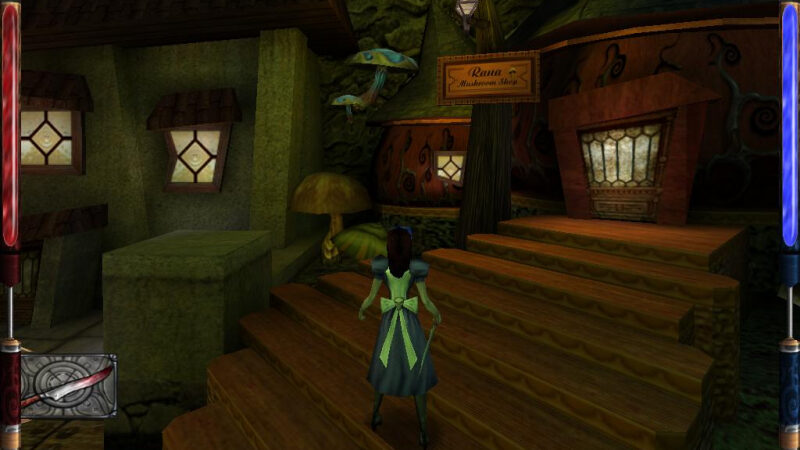
Trauma, a looming figure in horror gaming, frequently drives the plot toward its inevitable conclusion. In the games American McGee’s Alice (2000) and its sequel Alice: Madness Returns (2011), the narrative centers around the tragic loss of Alice’s parents in a devastating house fire, an experience that ranks among the most horrifying tragedies a family can endure. While the sequel chronicles Alice’s quest for absolution from her haunting past, her entire character arc relies on the childhood trauma she endures.
In the first game, Alice’s survivor’s guilt corrupts Wonderland, rendering her catatonic and confined to an institution in the real world. Within the game, she must combat her pain and restore Wonderland to its former glory. The sequel portrays Alice as a victim of a mad world, labeled as “mad” herself. To unravel the truth behind her family’s deaths, she confronts the horrors that exist beyond Wonderland in the real world. Through her journey, Alice strives to create a safer world, both within Wonderland and in reality. Her story serves as an inspiration for those who have suffered from the cruel injustices of the modern world. Indeed, she embodies the notion of the wounded healer.
Gameplay as Empathy
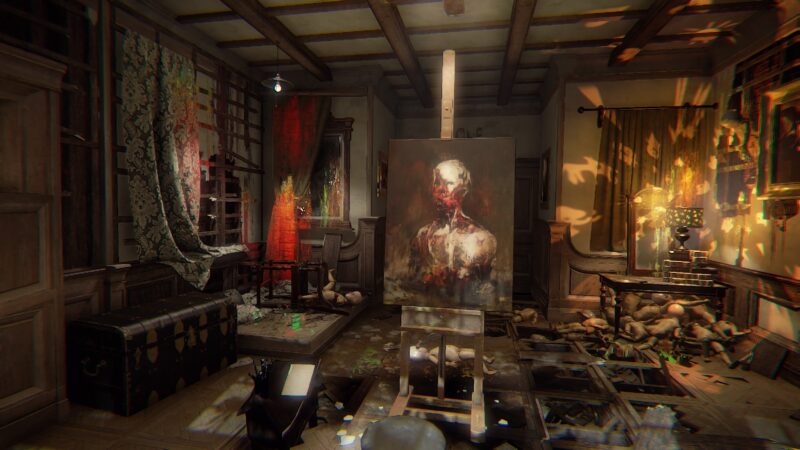
Bloober Team, now responsible for developing the Silent Hill 2 remake, has a track record of delving into psychology and illness within their games. Some might even consider them masters of the genre, although I won’t make that claim. In Layers of Fear (2016) and its sequel Layers of Fear 2 (2019), the protagonists’ mental states greatly influence the gameplay mechanics. The narrative arcs of both games immerse the player in the firsthand experiences of the protagonists’ mental degradation, often manifested through hallucinations and classic jump scares.
In the first game, players assume the role of a painter striving to complete their magnum opus. The narrative unfolds as they explore a mysterious mansion and uncover fragments of their troubled past. In the sequel, the entire game takes place within the protagonist’s mind, with various non-playable characters representing different aspects of the player character’s psyche.
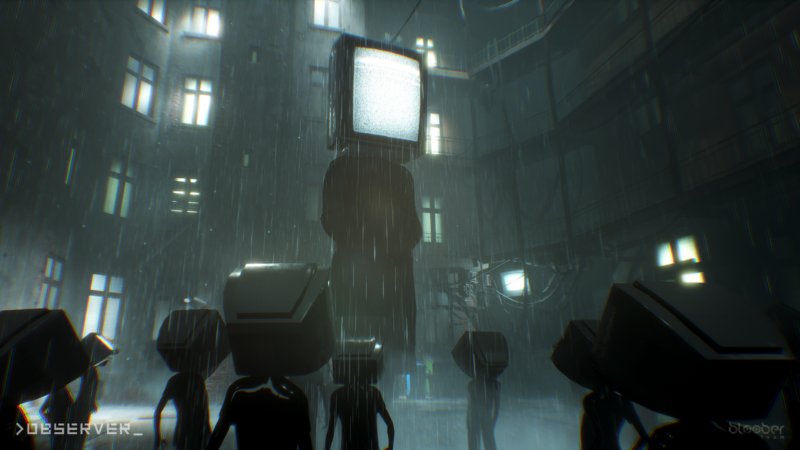
In one of my all-time favorite games, Observer from 2017, the late great Rutger Hauer portrays the main character, Daniel Lazarski. Daniel’s role involves hacking into the minds of criminals and their victims, with the ultimate goal of solving a murder. As the game unfolds, Daniel grapples with his strained relationship with his son, and the memories of the individuals whose minds he invades, along with his own past, gradually distort his perception of reality.
Throughout the game, Daniel questions his sanity and the central tension revolves around determining what is real within a constantly shifting digital landscape. The game boasts visually stunning graphics, and although the gameplay can be challenging, the plot leads to a genuinely horrifying conclusion. It is a must-play experience!
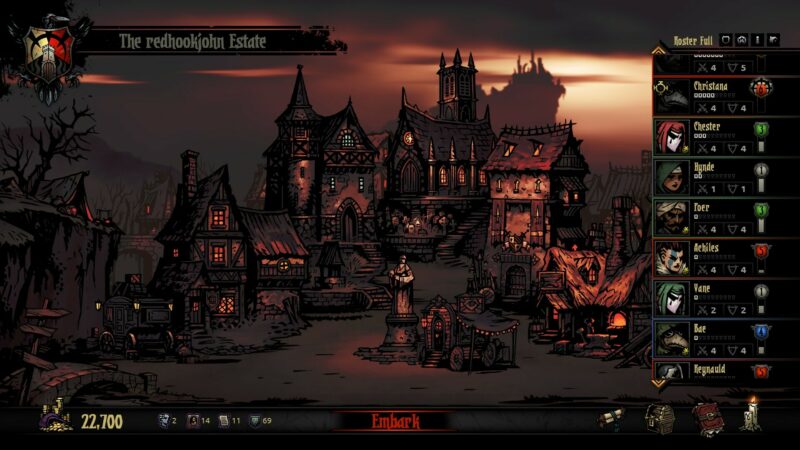
This game introduces an intriguing twist: mental health not merely as a plot point, but as a central element of the gameplay itself. In non-horror games such as Spec Ops: The Line (2012), Haze (2008), and Darkest Dungeon (2016) with its Affliction system, the mechanics incorporate mental distress as a gameplay component. The developers consciously portray the explicit deterioration of the protagonist’s mental state to highlight the lasting horrors and stress endured by traumatized heroes in the midst of war.
Although not categorized as horror, these titles deliver unyielding brutality and depict the physical and mental toll that war takes on the protagonist and, consequently, on the player. This creates a disconcerting and often haunting experience. Collectively, they exemplify the power of gaming as a medium to tackle complex and challenging subjects, utilizing gameplay mechanics to convey the individual impacts of Post-Traumatic Stress Disorder (PTSD).
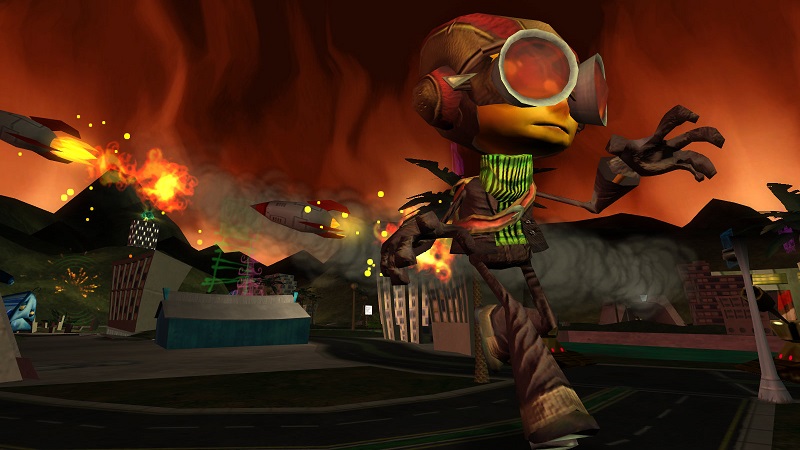
Even older games, such as Psychonauts from 2005, The Company of Myself from 2009, and the classic Mind Walker from 1986 incorporate mental health and psychological exploration as integral elements, despite not belonging to the horror genre. These games offer captivating ways to explore themes of mental health, ranging from explicit representations to more nuanced mechanics, and position them as central components of the game’s purpose.
However, no genre delves deeper into the undertones and imagery of presumed mental illness than horror games, which implies that mental health can be a subject of playfulness, while mental illness should be approached with fear. This observation is significant as it highlights the association between mental illness, madness, and the horror genre.
Putting the Player in the Therapist’s Seat
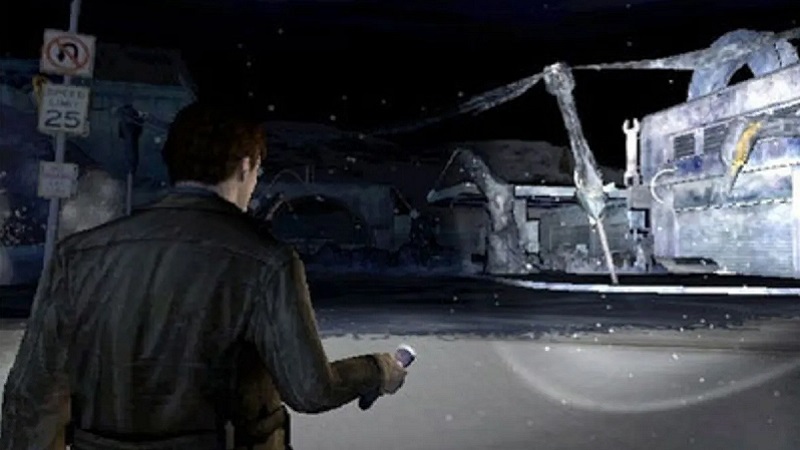
Another narrative twist in gaming emerges when the player assumes the role of a therapist. In 2010’s Silent Hill: Shattered Memories, an innovative game mechanic shapes this reinterpretation of the original SH1. Right from the beginning, players engage in a Psych Profile, where they complete questionnaires, undergo psychological “testing,” and solve puzzles to purportedly assess the mental state of the protagonist, Harry Mason.
However, the player’s choices directly influence the trajectory of the game’s story, influencing the design of enemies, the personalities of NPCs, and even determining which areas of the map can be explored. This game design intentionally blurs the line between the player and the playable character, prompting a reflection on who exactly is being evaluated and arguably incorporating the player’s own mental state into the gameplay.
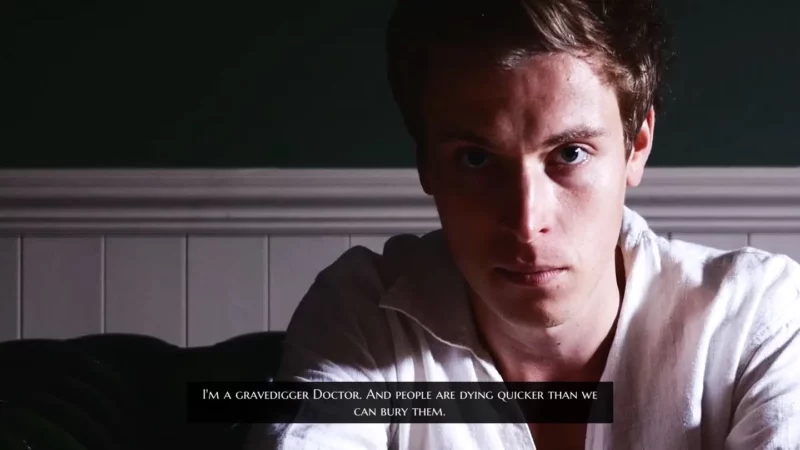
Though not classified as a horror game, The Infectious Madness of Doctor Dekker, released in 2017, places you in the role of a replacement psychiatrist tasked with unraveling the circumstances surrounding the murder of Dr. Dekker, the previous psychiatrist. Through interviews with the surviving patients, you seek to uncover the truth. Similarly, in 2009’s Dreamkiller, you assume the role of a skilled psychologist who delves into the minds of her patients to combat the monsters lurking within.
In both cases, the patients’ lived experiences serve as the backdrop for unraveling the story, whether as a means of uncovering a killer or aiding others in their journey toward healing and recovery. This conveys a powerful message about the diverse forms mental health treatment can take in the real world.
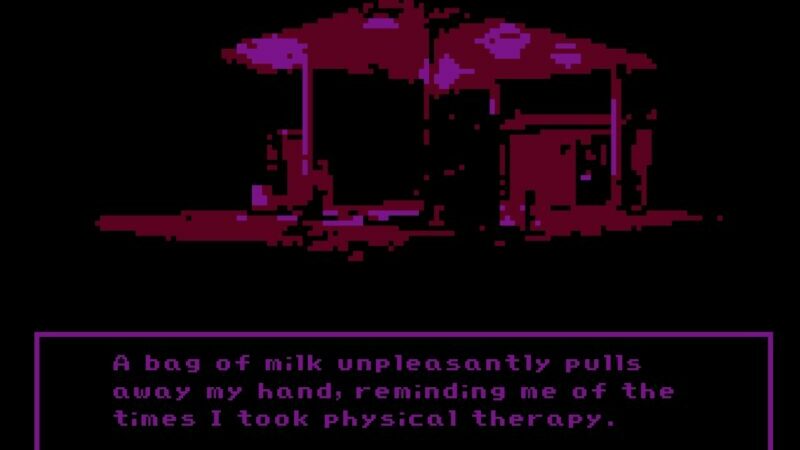
Play novels, like 2020’s Milk outside a bag of milk outside a bag of milk… and 2013’s Depression Quest, frequently address the subject matter directly. The lead designers of Depression Quest, Zoë Quinn, and Patrick Lindsey, openly share their personal battles with depression. Meanwhile, Milk outside a bag of milk outside a bag of milk…subtly portrays the daily impact of trauma and psychosis on a young woman’s life.
As a platform, interactive novels offer a poignant medium for delving deeper into the experience of mental health, relying less on gameplay mechanics to convey the message.
Focusing on the History
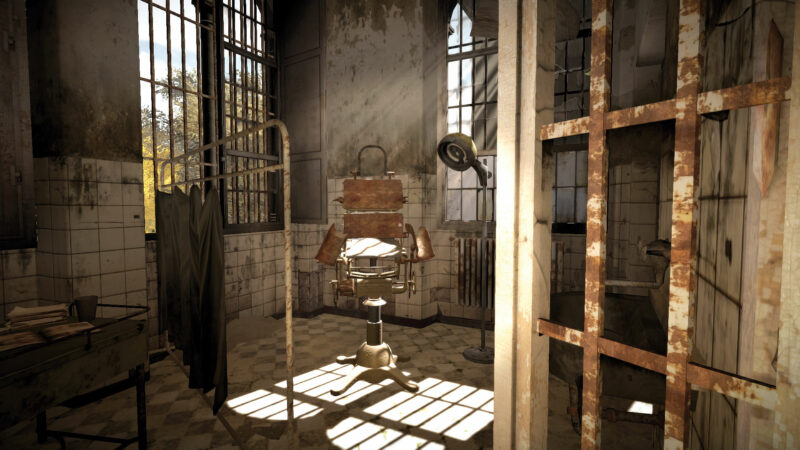
One of the more gripping games, and perhaps the best in my opinion, is The Town of Light. Released in 2016, it immerses players in a fictionalized version of the Volterra Psychiatric Hospital in Italy. Uncompromising in its themes and narrative structure, the game fearlessly confronts the dark history of mental health treatment, shedding light on the cruelty and violence prevalent in psychiatric institutions worldwide. Forced hospitalization, sexual assault, isolation, restraint, and maltreatment were common human rights violations that plagued these poorly managed facilities, and The Town of Light unflinchingly brings them to the forefront of its story.
By highlighting this hidden history, the game provides a critical examination of the entire mental health system, shifting the focus away from speculations about the protagonist’s own mental state. As the game reaches its conclusion, we witness Renée, the main character, as a victim of a system that was meant to assist her, echoing the experiences of countless others in history. As a survivor of psychiatric treatment myself, this perspective is both refreshing and profoundly necessary.
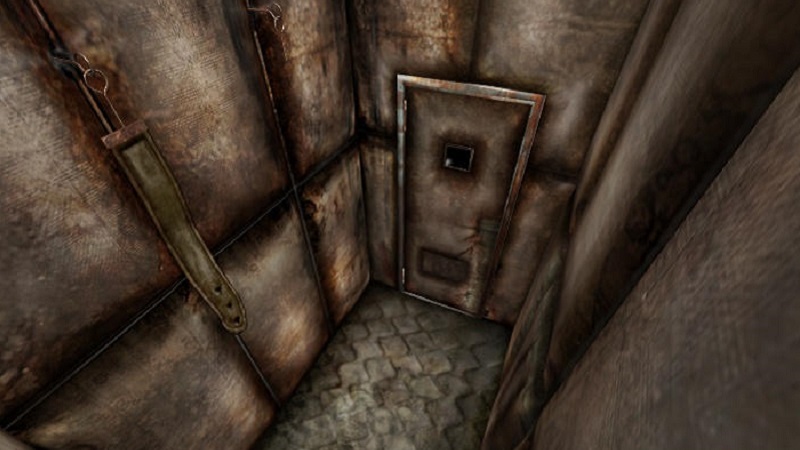
Other games also delve into this history. In Silent Hill 2 and Silent Hill 3 from 2003, the characters actively explore Brookhaven Hospital, a psychiatric facility located within the enigmatic town. The lore surrounding Brookhaven, primarily conveyed through in-game files, portrays the institution as a hotbed of human rights violations, with the callous indifference of the staff evident in the preserved notes of nurses and doctors.
In later articles, we will further explore the use of hospitals as settings in horror games. Brookhaven, in my opinion, is perhaps the most well-utilized.
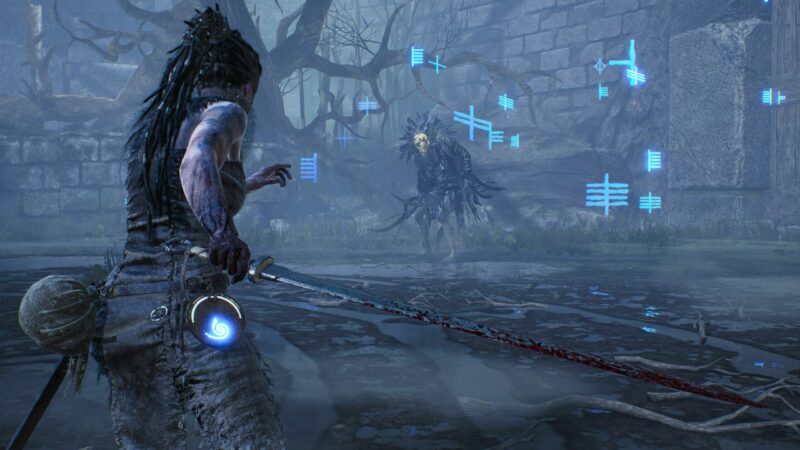
Lastly, Ninja Theory’s stunning Hellblade: Senua’s Sacrifice is considered by many as the gold standard in this endeavor. Regardless of personal opinions on this 2017 game and its widely acclaimed portrayal of mental illness, it is important to highlight the remarkable efforts of the development team in accurately depicting psychosis. The game developers actively sought consultation from neuroscientists and collaborated with not-for-profit organizations, but even more significantly, they involved individuals with firsthand experiences of psychosis in the testing and design process. Specifically, Ninja Theory worked closely with voice-hearers to ensure the authenticity of the voices portrayed in the game, while individuals with delusions contributed to shaping the level designs.
The developers recognize that true suffering in psychosis often stems from external factors, such as stigma, isolation, and mistreatment of mental health conditions. This stands in stark contrast to many other psychological horror games discussed here. Furthermore, the incorporation of Celtic culture, featuring concepts like “gelt” (one who has been driven mad) and “druth” (a fool who utters the words of the gods), establishes a sense of identity and history for Senua. This positioning of her psychosis as somewhat of an asset or gift should be understood as a narrative choice, and it is crucial to acknowledge that this is not always the lived reality for those who experience the condition on a daily basis.
Have you played any of these titles? How have they left an impact on you? If you haven’t yet, I encourage you to seek out the games on this list that pique your curiosity.
In the next installation of this series, we will look at games that, sadly, get it all wrong.

 TheSvenBo
TheSvenBo